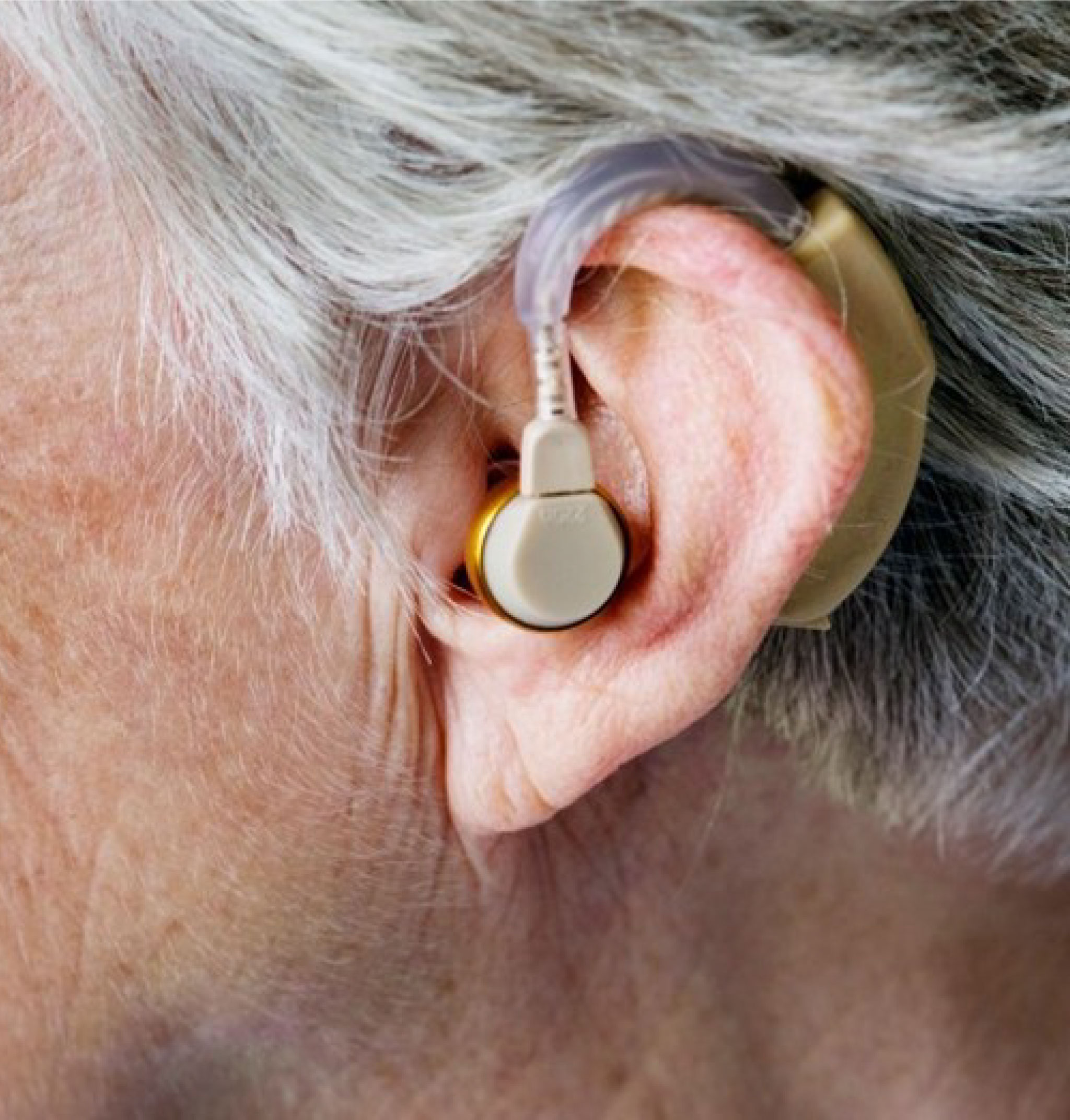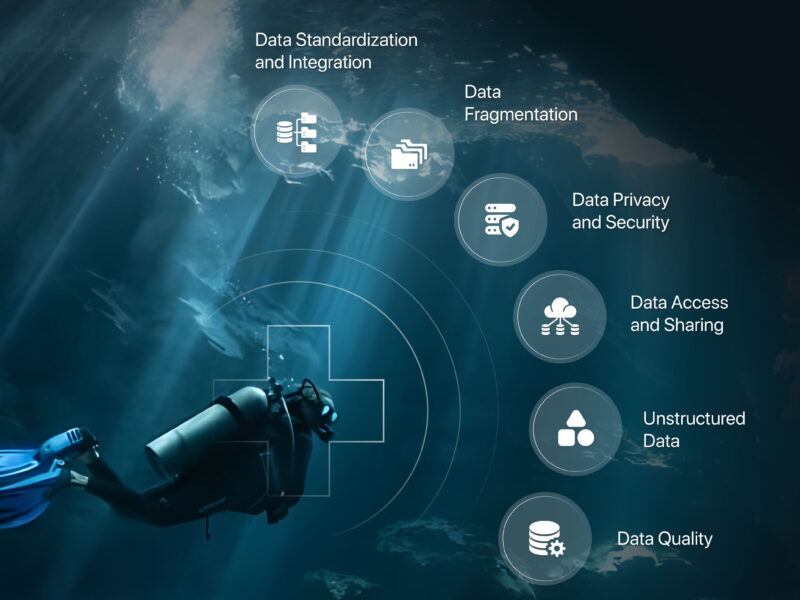As our population ages, the healthcare ecosystem is tasked with meeting the needs of this aging demographic. Aging, coupled with lifestyle choices, results in a full spectrum of diseases and comorbidities impacting our quality of life. Often, when these conditions are symptomatic, healthcare providers are left trying to catch up and treat symptoms rather than focus on holistic wellness and preventative medicine.
Fortunately, advances in artificial intelligence and digital health allow doctors to gain more significant insights into disease progression leading to earlier diagnostics and intervention. AI, predictive analytics, and risk stratification enable care providers to identify at-risk populations for earlier intervention. By getting ahead of the problem, providers can prevent or delay the onset of many chronic conditions.
As we get older, it is natural to suffer some degree of hearing loss. However, a third of patients over 65 suffer from disabling hearing loss impacting their quality of life. Advances in hearing aids and other health tech solutions are available to offset this problem. Still, most of this hearing loss will go untreated, further accelerating the aging process and potentially leading to a wide range of disabling conditions.
Comorbidities linked to hearing loss such as social isolation, loneliness, and depression result from diminished communication associated with the loss. Patients often withdraw, resulting in mental health concerns and reduced quality of life. Hearing loss can also lead to other disabling conditions such as falls, cardiovascular disease, diabetes, cognitive impairment and dementia, fibromyalgia, anemia, psoriasis, rheumatoid arthritis, kidney disease, sleep apnea, and even death.
Risk stratification for hearing loss will allow audiologists to identify high-risk patients for testing and treatment, leading to a better quality of life. For example, patients using hearing aids for just 30 days experienced fewer falls than a similar group without aids.
But detection is just the first step on what may be a long, complicated journey. Which healthcare plans cover hearing loss, and what are the coverage options available? Coverage options coupled with over 5,500 hearing specialists nationwide and more than 2,800 hearing aid models from leading brands such as Miracle-Ear, Oticon, Phonak, Starkey to choose from, may leave many patients caregivers confused as to what options are best. Artificial Intelligence can assist payers and providers in developing precision care plans to meet their members’ needs.
By adopting a comprehensive hearing health policy – healthcare organizations can proactively manage early intervention, encourage hearing rehabilitation, assist and train patients on how to use assisted listening devices effectively, and assist members in selecting the best health plans to meet their individual needs.



